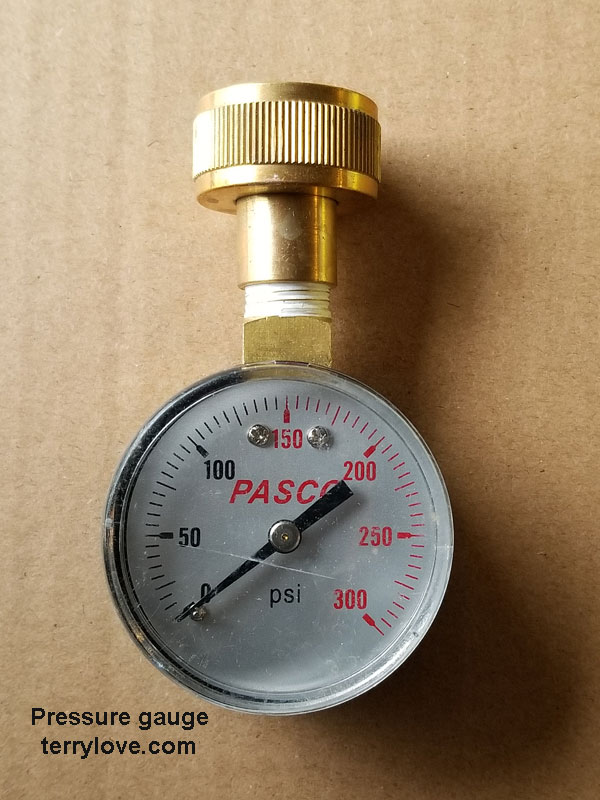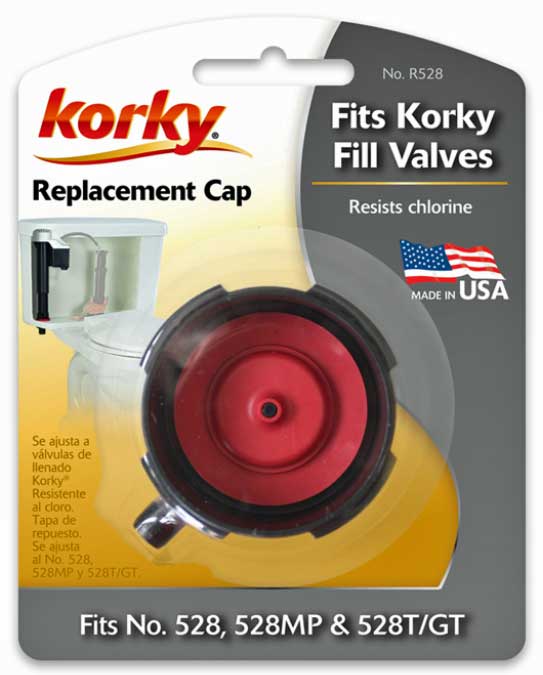Hi all,
I had a problem with my Toto Aquia where water was leaking into the bowl. I read other related threads in this forum and figured it was worth replacing the cap on the fill valve (water stopped leaking into the bowl when I shut the water off). Bought the Korky replacement cap, installed it, and now the fill valve is hissing and continues to slowly fill the tank even after the tank is refilled. I also noticed that when it's filling, some water seems to be pouring out from underneath the cap, and I assume it should all be going through the tube to the flush valve. Seems like I'm not getting a tight seal with the new cap... though I also tried putting the old cap back on and it now also has the same issue.
I also tried cleaning out the whole fill valve as shown in this video:
Would the next step be to replace the entire fill valve now? Or could it be something else?
I had a problem with my Toto Aquia where water was leaking into the bowl. I read other related threads in this forum and figured it was worth replacing the cap on the fill valve (water stopped leaking into the bowl when I shut the water off). Bought the Korky replacement cap, installed it, and now the fill valve is hissing and continues to slowly fill the tank even after the tank is refilled. I also noticed that when it's filling, some water seems to be pouring out from underneath the cap, and I assume it should all be going through the tube to the flush valve. Seems like I'm not getting a tight seal with the new cap... though I also tried putting the old cap back on and it now also has the same issue.
I also tried cleaning out the whole fill valve as shown in this video:
Would the next step be to replace the entire fill valve now? Or could it be something else?



